The "Special Action Plan on Energy Saving and Carbon Reduction" published by the National Development and Reform Commission, the Ministry of Industry and Information Technology, the Ministry of Ecology and Environment, the State Administration for Market Regulation and the National Energy Administration has strengthened the carbon reduction targets of the steel industry. According to this plan, it is aimed to save 20 million tons of standard coal in the 2024-2025 period, which will reduce approximately 53 million tons of carbon dioxide emissions.
These carbon reduction targets in China's steel industry introduce important regulations that will affect crude steel production. Local governments such as Fujian Province aim to keep crude steel production below a certain capacity limit in 2024. However, there are uncertainties about the extent of production reduction in the sector.
On the other hand, spot market losses are observed in rebar and hot rolled coil, while coking coal stocks are at the lowest levels of the season. This affects steel mills' costs to varying degrees, from neutral to strong support. The abundant supply of iron ore and the high level of global shipments stand out as a weak factor in supporting steel costs.
When looking at the production and consumption dynamics in the steel sector, slight increases in manufacturing industries and decreases in the consumption of construction materials are taken into account. While this situation may affect steel consumption margins, the sector is expected to follow a volatile and weak course in the coming period.
As a result, the steel industry in China is going through a significant transformation process. While carbon reduction targets put pressure on production, fluctuations in raw material prices and changes in industrial demand will be decisive on the future of the sector.


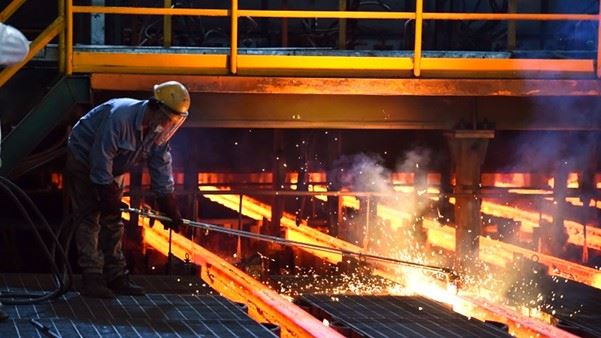


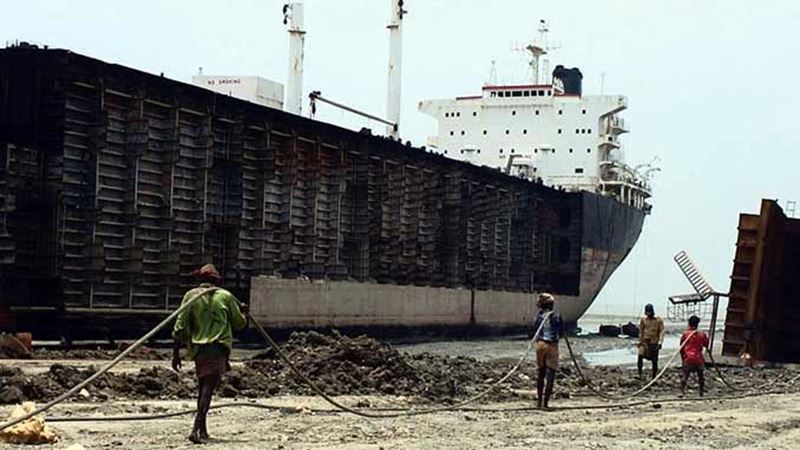
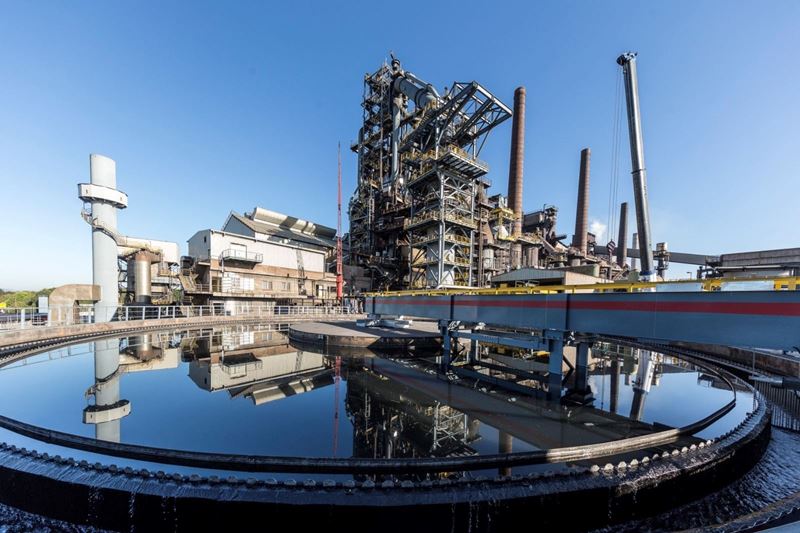
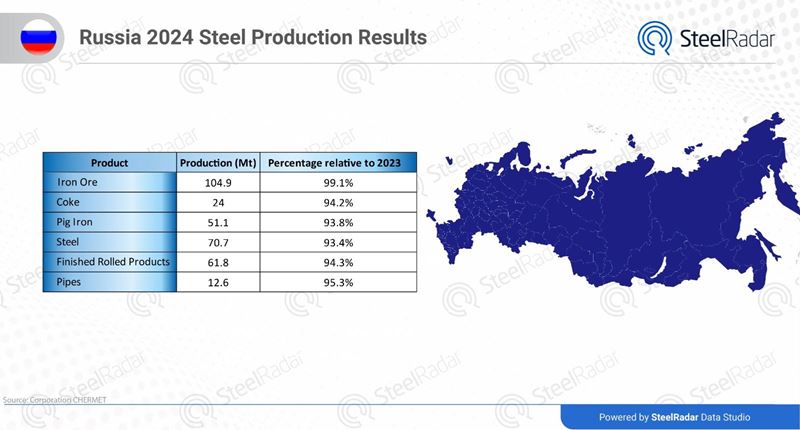
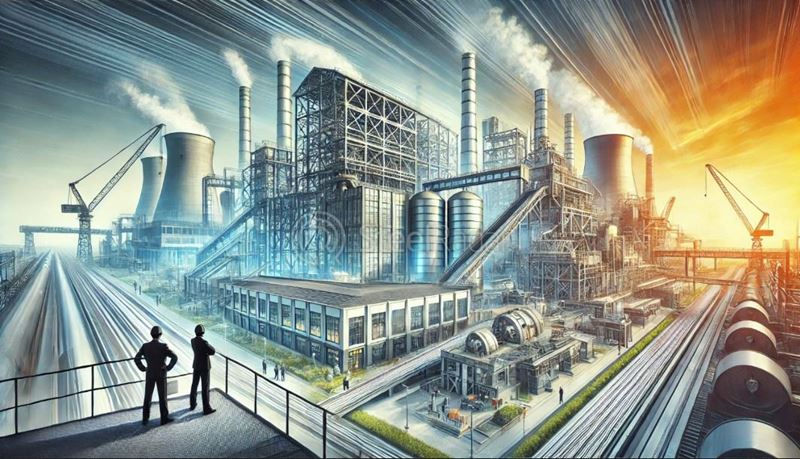


Comments
No comment yet.